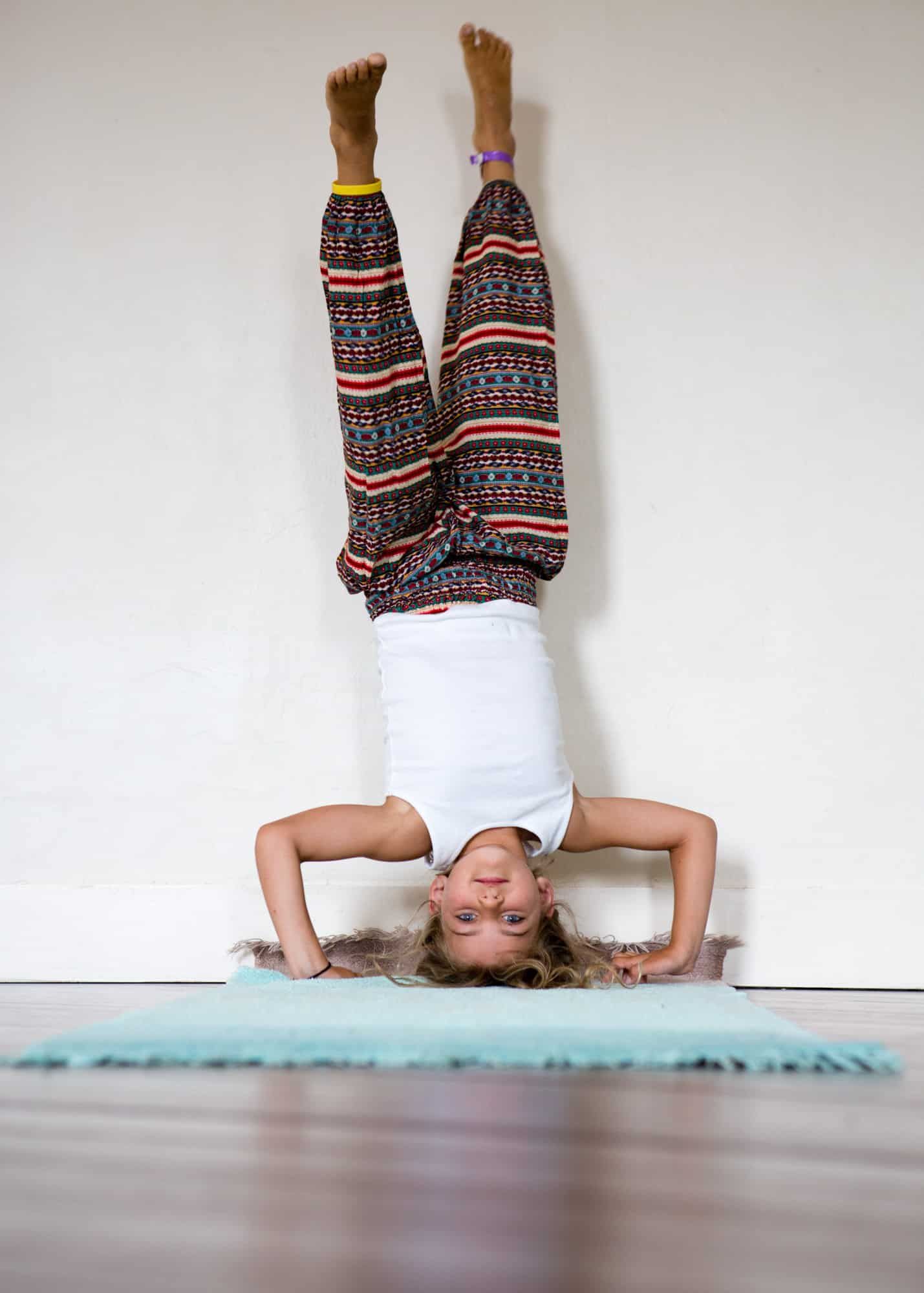Tips for Teaching Kids

 What is the most effective Yoga practice for kids? Well……IT DEPENDS….
What is the most effective Yoga practice for kids? Well……IT DEPENDS….
Why do kids need Yoga?
There are, what seems like, an infinite amount of benefits of practising yoga for children. There is however, still no one-size fits all for children, as each learn and are motivated in different ways.
- More and more children and young adults are experiencing anxiety
- Social pressure increasingly complex, inflamed further by social media
- Less physical activity in day to day lives due to increased screen time
Engaging in well-designed, regular classes can help to strengthen and align growing bodies, development self-regulation and relaxation skills, focus and calm young minds, increase attention and memory as well as plant important seeds for later in life.
It depends…
Before embarking on teaching children yoga, important considerations need to be made and class plans designed and delivered accordingly. Key considerations are:
- Age
Differences in age groups can make a huge impact. A guideline would be seperate ages groups into ‘toddlers & preschool’, ‘young children’ 5-8, ‘older children’ 9-12, ‘teenagers’ 13-16 and ‘youth’ 15-19.
*mostly asana focus with dynamic and varied sequences
*headstands only from teens onwards and counter poses are not so important generally until teenagers
*alignment generally only understood in older kids
- Physical fitness and/or development
Not all kids are flexible and strong so individual considerations should still be taken for muscular skeletal developments, general strength and natural flexibility. Also, consider appropriateness of practice for overweight children, growth spurts and speed of recovery / breath changes
- Interest / willingness / readiness
There will be a mixture of kids who have chosen to come and some who have been sent by parents or schools. Some will be confident and others not, so consider ways each child can have a sense of achievement and manage expectations. There will also be some who might have special needs so consideration for any additional training or support in Yoga Therapy you may need.
- Psychological development & history
Based on many factors, each child will have different ways of coping and responding to situations so it’s important to guide them into accepting feelings and situations e.g. ‘it’s ok to feel like this”.
Use games to practice exploration, self-awareness as well as concentration and memory. e.g Postures and Sanskrit words
Top tips
- Small vs Big classes – small enough to give personal attention to each student
- Set ground rules – you could get them to write them down at the start of each class. Create rules of mutual respect for teacher, each student and awareness of group dynamic. Encourage non-competitive community (yoga sanga). Ensure mats are cleaned and put away and relaxation time is valued
- Stimulate curiosity – create games and maintain engagement with lots of questions ‘Can you say namaste?’ ‘How did you feel in warrior pose?’ ‘Which poses do you remember? E.g. Yoga Box to include animal poses or Jumping pillow – when they are stood on it they say “I feel….”
- Be intense – louder, happier, crazier, more positive than they are!
- Manage your expectations – children are children so don’t expect them to behave like adults. Walking away, chatting and playing is part of who they are so have realistic expectations and always take the class with a light spirit and have fun
These are for general advice only, we always recommend seeking a qualified teacher to help fine tune and guide you through a personalised practice, just for you.